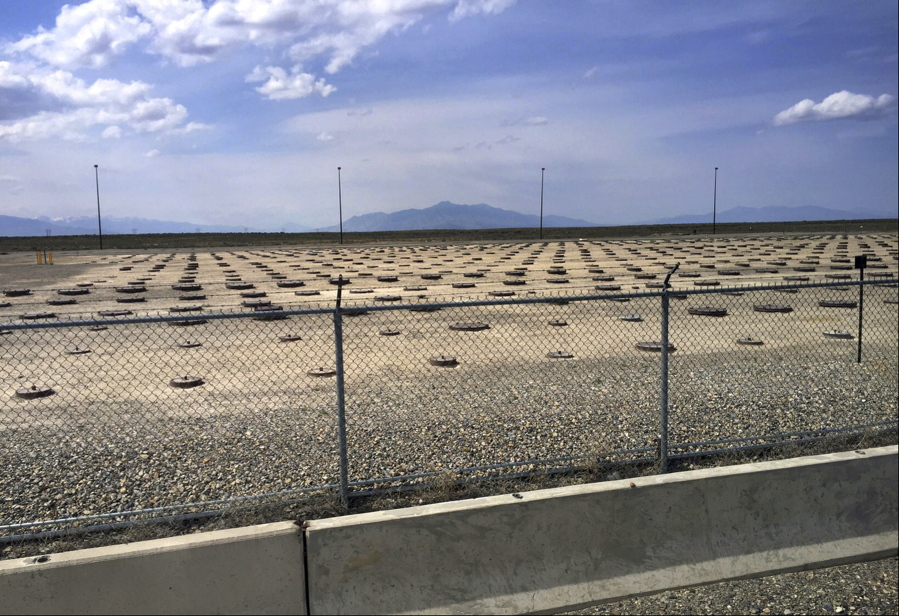BOISE, Idaho – Ongoing Superfund cleanup work of radioactive and other contamination at the Idaho National Laboratory in eastern Idaho has been successful at protecting humans and the environment, U.S. and state officials say.
The five-year review by the U.S. Department of Energy, U.S. Department of Environmental Quality and the Idaho Department of Environmental Quality also said that potential exposures in areas that aren’t yet cleaned up are being controlled.
The nuclear site started operating in the late 1940s under the Atomic Energy Commission, a forerunner of the Energy Department, as part of a plan to build, test and operate nuclear reactors, fuel processing plants and support facilities. Fifty-two reactors were built over the years.
The 890-square-mile site is located about 50 miles west of Idaho Falls. The lab area is in high desert sagebrush steppe and sits atop the Lake Erie-sized Snake River Plain Aquifer, which supplies water to farms and cities in the region. The aquifer started becoming contaminated from the nuclear site in 1952, according to a U.S. Geological Survey report released last year.



